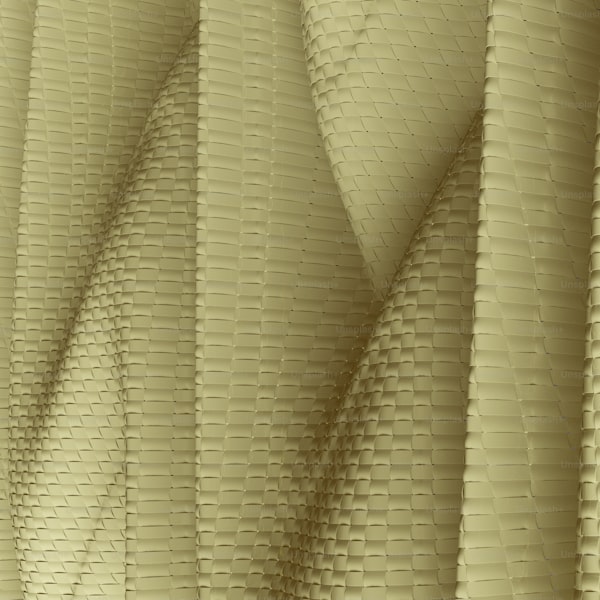Mastering the Art of Creating a Wedding Dress with a Chiffon Overlay
Mastering the Art of Creating a Wedding Dress with a Chiffon Overlay
What Methods Are Used to Create a Wedding Dress with a Chiffon Overlay?
Creating a stunning wedding dress with a chiffon overlay is a complex yet fulfilling process that combines multiple techniques and creative artistry. While chiffon is known for its lightweight and flowing properties, its use in wedding dress designs adds an ethereal quality to any bridal look. This article delves into the various methods employed by designers and seamstresses to craft a wedding dress with a chiffon overlay, addressing everything from fabric selection to construction techniques.
Understanding Chiffon: The Fabric of Dreams
Before we dive into the methods, let’s understand what chiffon is. Chiffon is a lightweight, sheer fabric made from silk or synthetic fibers like polyester. It is commonly used in evening dresses and Wedding gowns for its graceful fall and billowy effect. The fabric’s transparency and delicacy allow it to create layered looks, making it an ideal choice for a wedding dress overlay.

Key Techniques for Creating a Wedding Dress with a Chiffon Overlay
Designing a wedding dress with a chiffon overlay involves a series of steps that ensure the final product is both beautiful and wearable. Below are the primary methods used in the design and construction of these dresses.
1. Design Planning and Sketching
The first step in creating a wedding dress is to plan the design. During this phase, designers sketch their ideas and decide how to incorporate chiffon. They consider the gown's structure, such as the silhouette and neckline, along with how the chiffon will enhance the overall aesthetic. Collaborating with clients is crucial in this stage to ensure the design reflects the bride's vision.
2. Fabric Selection
Choosing the right chiffon is essential. Designers often test various samples to evaluate the flow, weight, and transparency of the chiffon. They consider factors such as the season of the wedding and the bride’s skin tone. For instance, warmer tones might be complemented by cream or muted pastels, while cooler tones could allow for rich jewel colors.
3. Constructing the Base Dress
Before adding the chiffon overlay, the base dress must be constructed. This typically involves sewing with more structured fabrics like satin or taffeta to ensure a strong foundation. The base dress gives shape and support while allowing the chiffon overlay to create movement.
4. Layering the Chiffon
Once the base dress is ready, it’s time to add the chiffon overlay. This can be done in several ways:
| Method | Details |
| Single Layering | A single layer of chiffon can be draped over the dress to create a light and airy look. This is often used for simple, elegant designs. |
| Double Layering | Two layers of chiffon can add depth and dimension, giving it a more luxurious feel. This method often works well for fuller skirts. |
| Gathering and Ruching | Gathering chiffon at certain points can create texture and volume, enhancing the design's femininity. |
5. Sewing Techniques Specific to Chiffon
Sewing chiffon presents its challenges due to its slippery nature. Here are several key techniques:
- Using the Right Needle: A fine needle is imperative as it prevents damage to the delicate fabric.
- Stabilizing the Fabric: Using tissue paper or a special foot can help stabilize chiffon when sewing, preventing it from shifting.
- French Seams: These are ideal for chiffon, as they provide a clean finish and are less likely to fray.
6. Adding Embellishments
To enhance the beauty of the chiffon overlay, embellishments such as lace, beading, or embroidery can be added. This often involves careful placement to ensure the design remains balanced. The right embellishment can totally transform the gown and make it unique.
7. Fitting and Final Adjustments
The last method is final fitting and adjustments. It’s vital for the gown to fit perfectly on the bride's body, ensuring comfort and elegance. Tweaking the chiffon overlay during the fitting process allows for adjustments in flow and draping, achieving the desired look.
Benefits of a Chiffon Overlay
Opting for a chiffon overlay offers numerous advantages:
- Elegance: The lightweight and transparent nature of chiffon provides an elegant aesthetic.
- Versatility: Chiffon can be styled in various ways, suitable for both formal and casual weddings.
- Comfort: The softness of chiffon makes it comfortable to wear all day, perfect for brides on their special day.
Conclusion
In summary, creating a wedding dress with a chiffon overlay is an intricate process that combines technical skills, creativity, and understanding of the fabric’s unique properties. From design planning to final adjustments, each step is crucial in crafting an exquisite gown that meets the bride's vision. When choosing a chiffon overlay, consider the variety of methods available and work closely with a designer to achieve the desired look.
For brides looking to create or purchase a wedding dress with a chiffon overlay, remember to explore various fabrics, designs, and embellishments. Most importantly, ensure the dress reflects your personal style and complements your wedding theme. Happy planning!
